

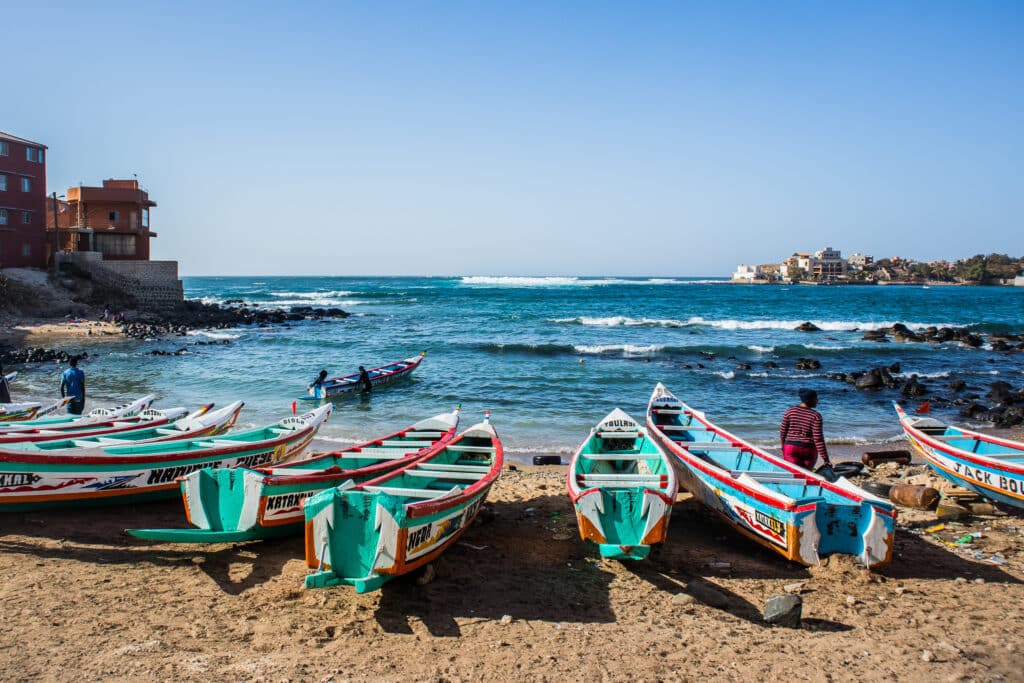
Senegal, the gateway to West Africa, welcomes you with its legendary “Teranga” – the warm hospitality for which the country is renowned. From the fine sandy beaches of the Petite Côte to the meandering delta of Saloum, through the vibrant city of Dakar and the historic Gorée Island, our stays in Senegal promise authenticity, encounters, and cultural discoveries. Explore our offers and be enchanted by the colours and rhythms of Senegal!
The Senegalese Teranga
An exceptional hospitality and sense of welcome that will mark your trip.
A rich cultural and historical heritage
Explore Gorée Island, a witness to the history of the slave trade, discover vibrant music, dance, and contemporary Senegalese art.
Varied natural landscapes
From the Atlantic beaches to the mangroves of the Saloum delta, through the Lompoul desert and national parks housing diverse wildlife.
A unique African atmosphere
Immerse yourself in the lively atmosphere of markets, traditional villages, and Senegalese daily life.

€1,044
price per person



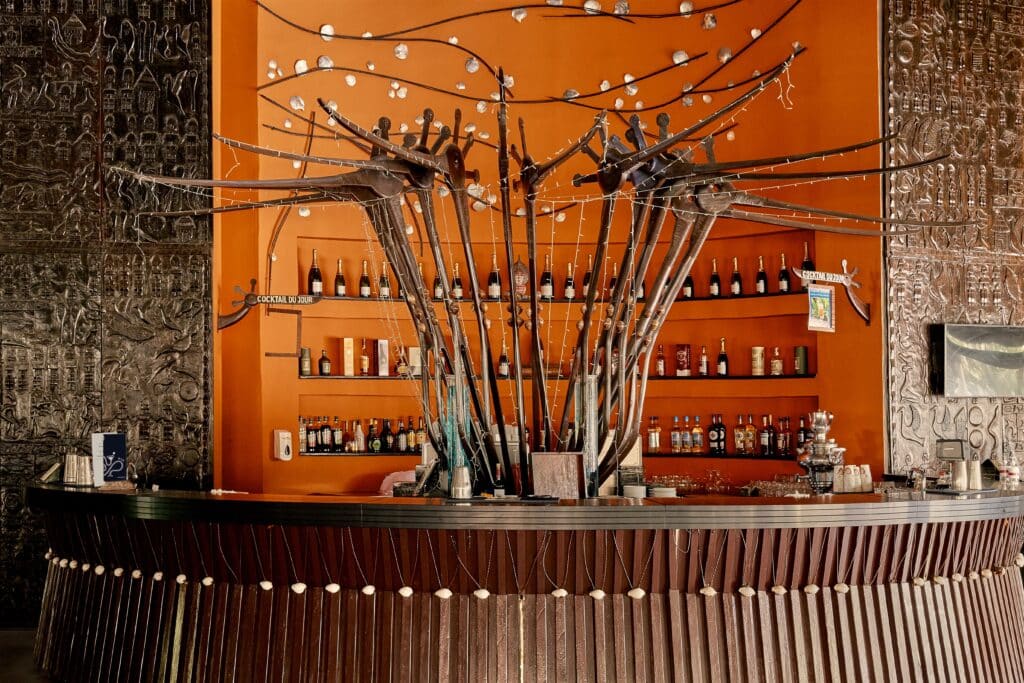
2,044€
price per person
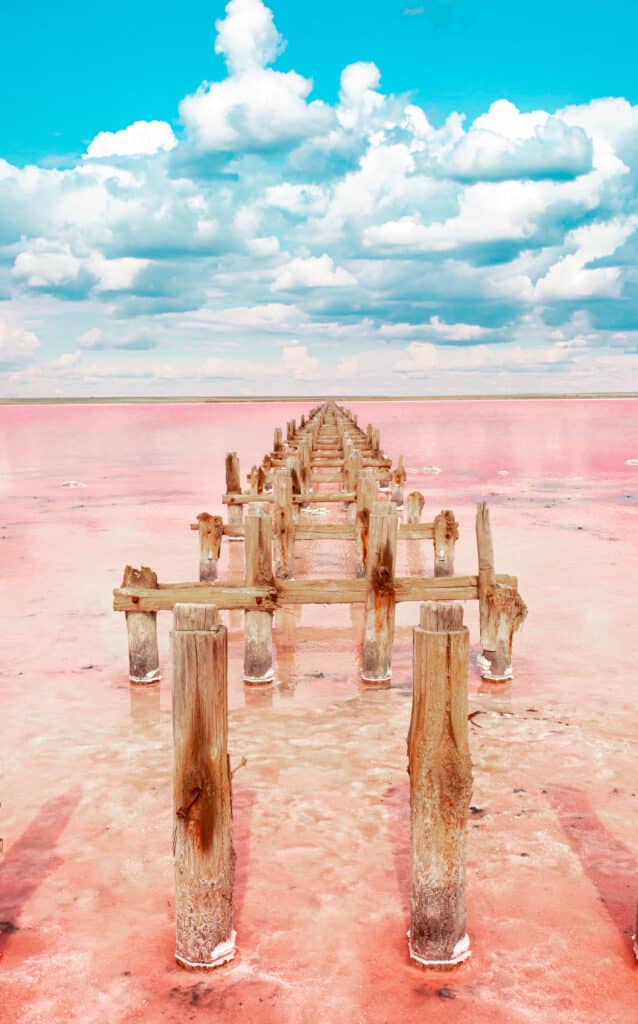
€1,525
price per person
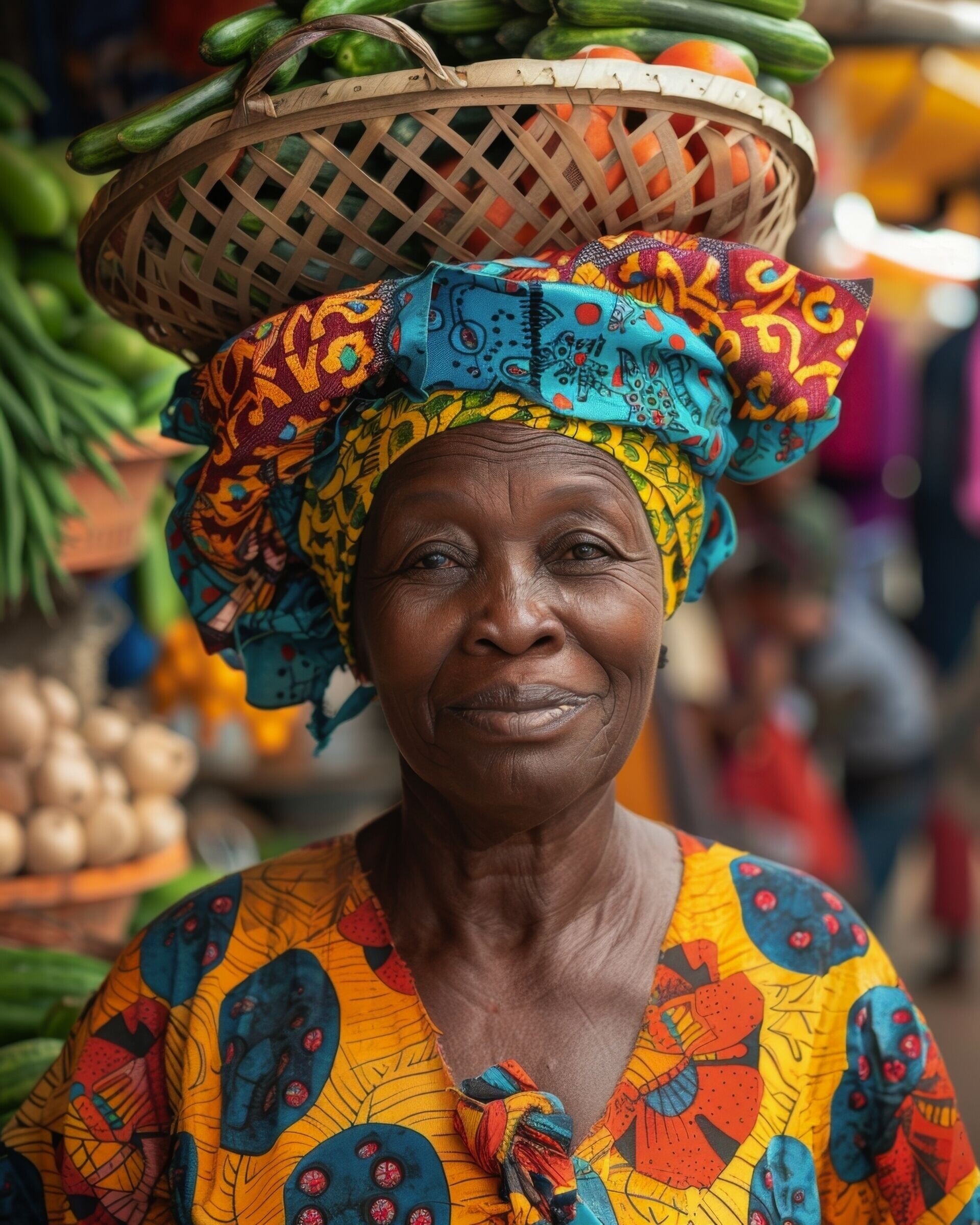
2400€
price per person
Senegal offers a multitude of fascinating sites. Dakar, the vibrant capital, is a starting point with its African Renaissance Monument, lively markets like Kermel and Tilène. The Gorée Island, a UNESCO World Heritage site, is a moving and essential visit for its history linked to the slave trade. The Lake Retba (Pink Lake), famous for its pink colour due to microorganisms, is a natural curiosity. The Saloum delta, also a UNESCO site, can be explored by pirogue through its mangroves, islands, and fishing villages. The Lompoul desert offers a Saharan experience with its ochre sand dunes. To the north, Saint-Louis, the former capital of French West Africa, charms with its colonial architecture and Faidherbe Bridge. National parks like Djoudj Bird National Park (the third largest ornithological reserve in the world) or the Niokolo-Koba National Park (for African wildlife) are major stops for nature lovers. The Petite Côte (Saly, Somone) is renowned for its beaches and seaside resorts.
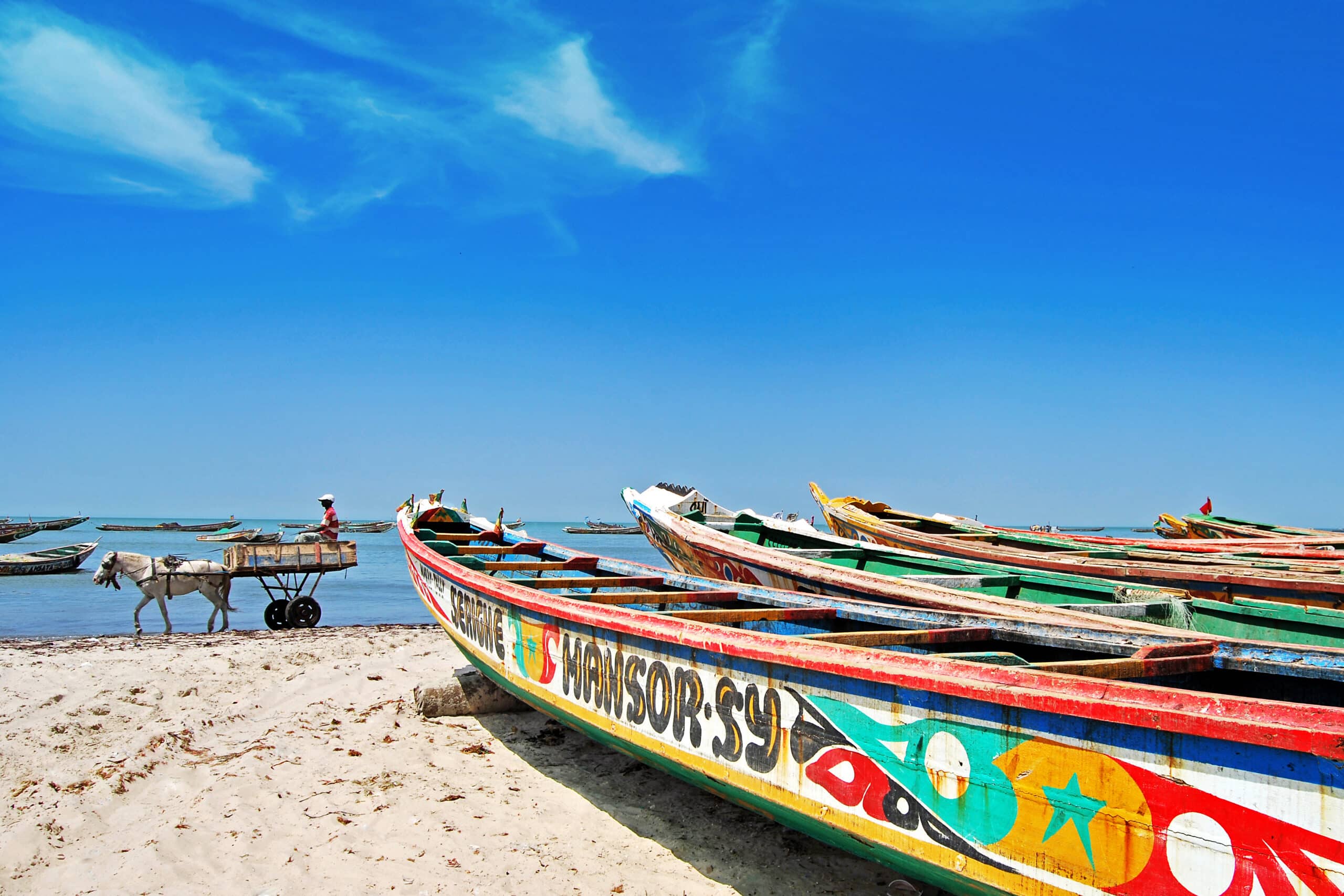
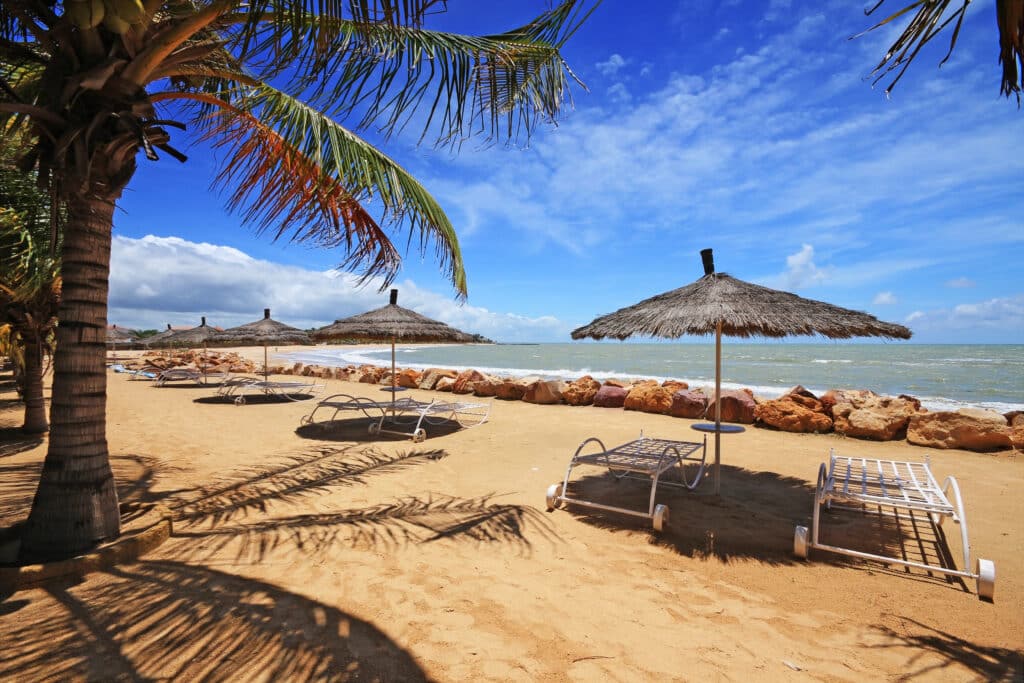
Senegal has a tropical climate with two main seasons:
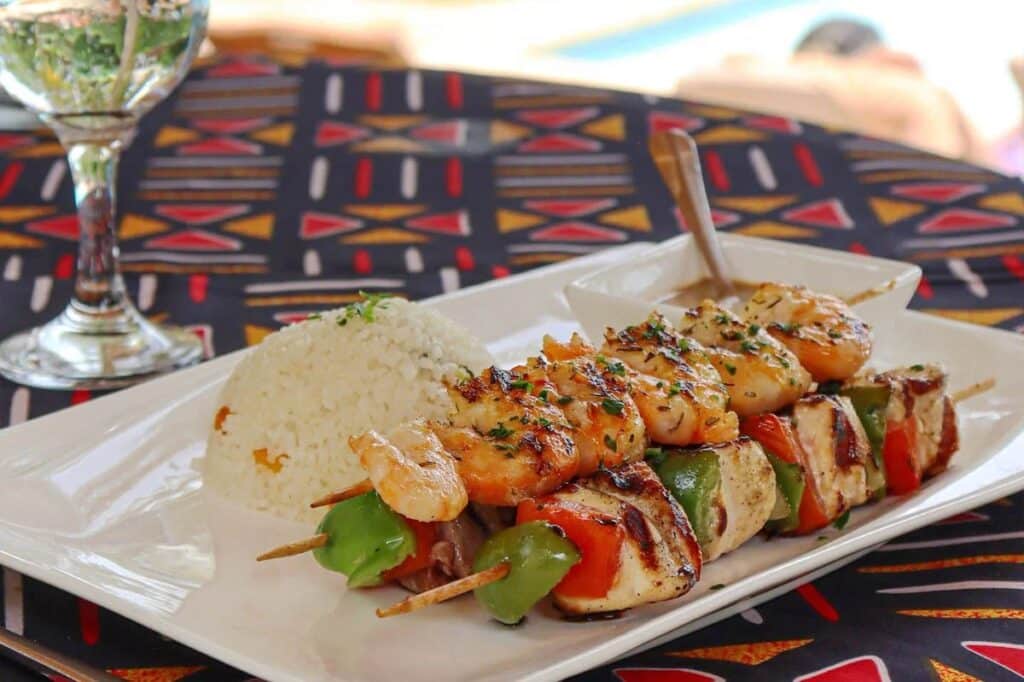
Senegalese cuisine is renowned for its rich and friendly flavours. The national dish is thieboudienne (or ceebu jën), a delicious rice with fish and vegetables. Yassa (chicken or fish marinated in lemon, onions, and spices, then grilled) and mafé (meat stew with peanut sauce) are also must-tries. Taste thiakry (dessert made from millet couscous and curdled milk), bissap (hibiscus juice) and bouye juice (baobab fruit). Freshly grilled fish is excellent on the coast. Mint tea (ataya) is a hospitality tradition.
| Jan | Feb | March | April | Mai | June | July | Aug | Sept | Oct | Nov | Dec | |
|---|---|---|---|---|---|---|---|---|---|---|---|---|
| Our opinion | ||||||||||||
| Season | ||||||||||||
| T° max | 26°C | 27°C | 27°C | 27°C | 28°C | 30°C | 30°C | 30°C | 31°C | 31°C | 30°C | 28°C |
| Rainy days | 1 d | 1 d | 0 d | 0 d | 0 d | 2 d | 5 d | 10 d | 9 d | 2 d | 0 d | 0 d |
| T° sea | 20°C | 19°C | 19°C | 20°C | 21°C | 25°C | 27°C | 28°C | 28°C | 28°C | 26°C | 23°C |
| Beach | ||||||||||||
| Hiking |
Senegal is the westernmost country on the African continent. The Almadies point in Dakar is the furthest west of the entire African mainland.
The official currency is the West African CFA Franc (XOF). The Euro is sometimes accepted in very touristy areas (hotels, some shops), but it is preferable to have CFA Francs for everyday expenses. Credit cards are accepted in major hotels and some restaurants in big cities. It is advisable to withdraw cash from ATMs (available in Dakar and main tourist cities) or to exchange Euros upon arrival.
The inhabitants of Senegal are called Senegalese.
The official language is French. However, many national languages are spoken, the most widespread being Wolof (especially in Dakar and the western part of the country). French is used in administration, education, and media.
In Senegal, electrical plugs are mainly of type C, D, E and K. Type E is compatible with French devices. It is nevertheless prudent to bring a universal adapter. The standard voltage is 230V and the frequency is 50Hz.